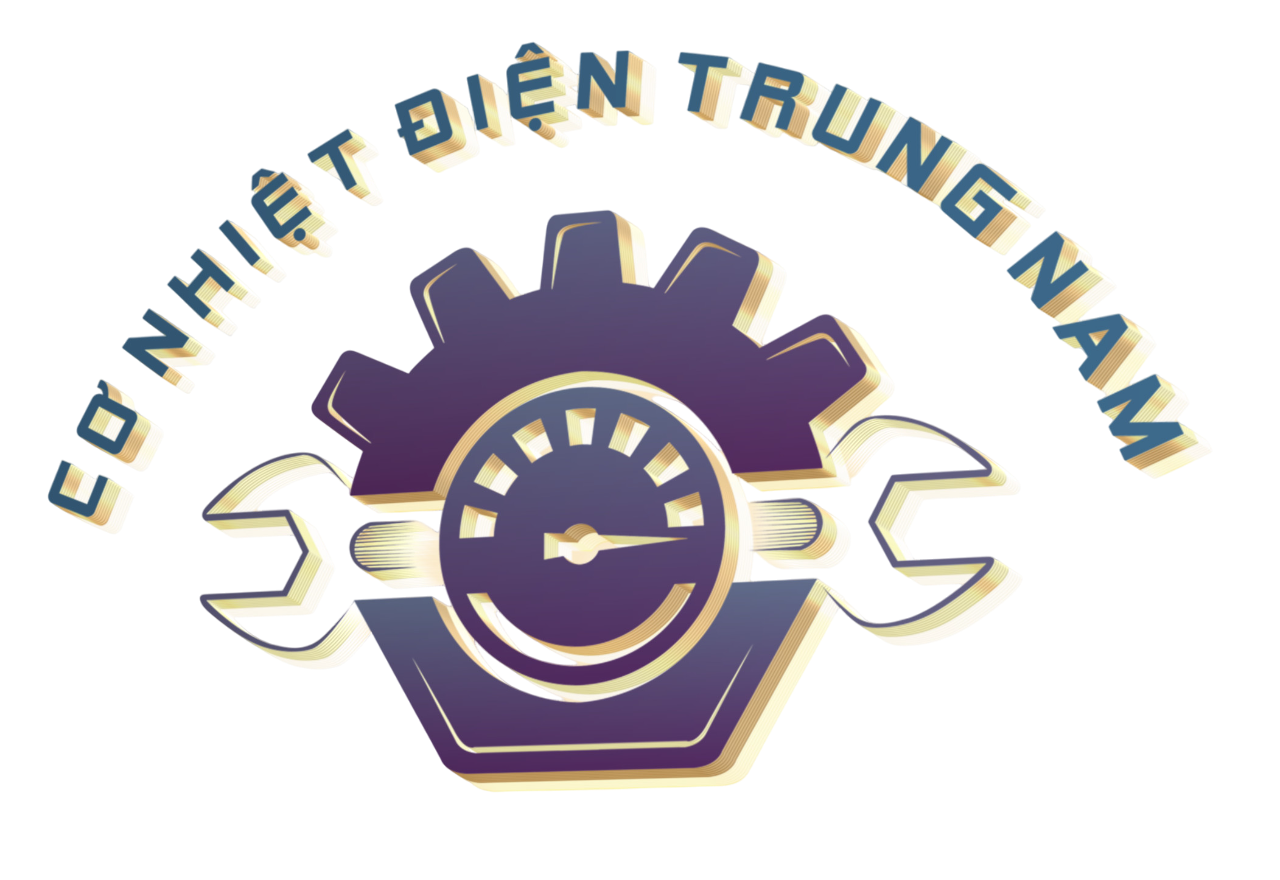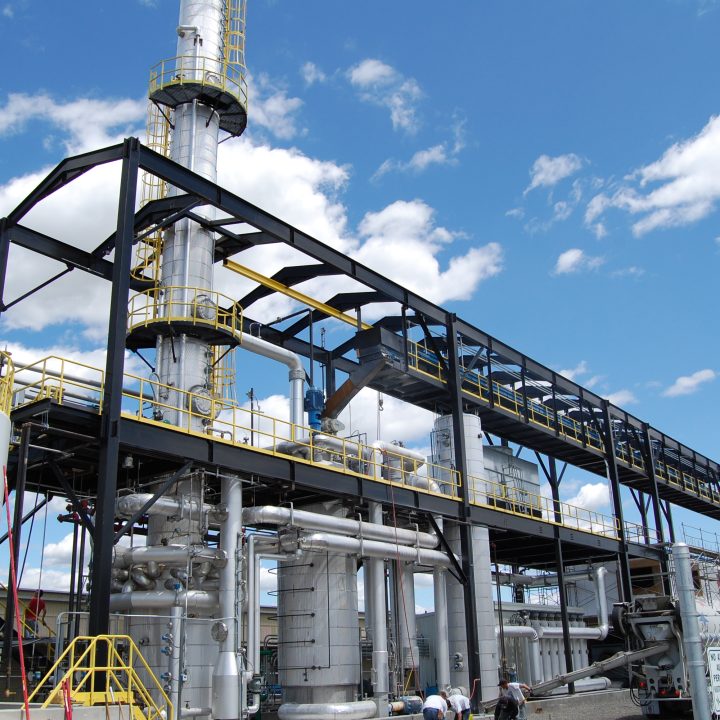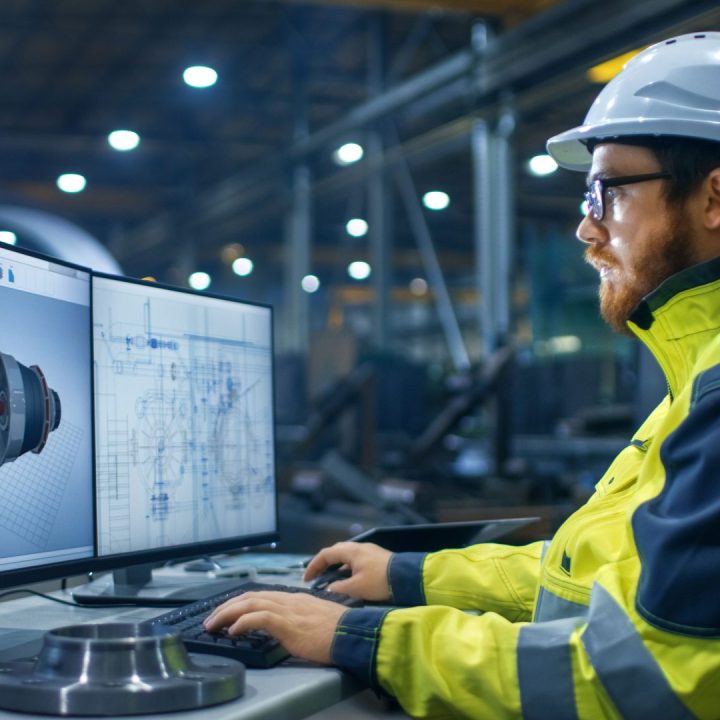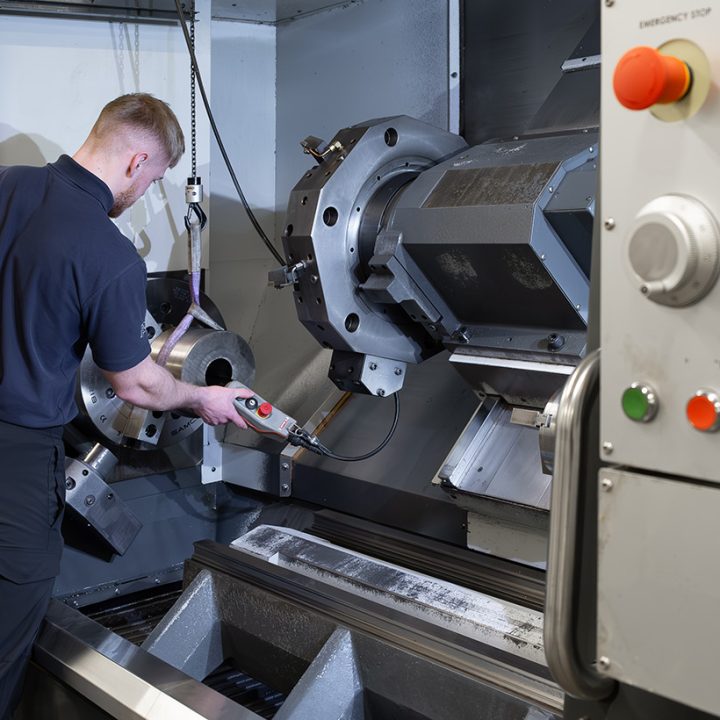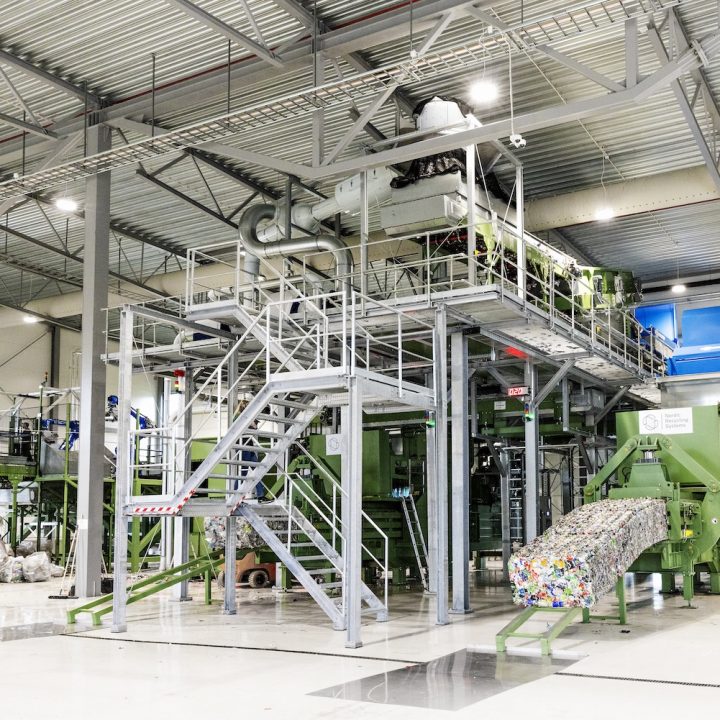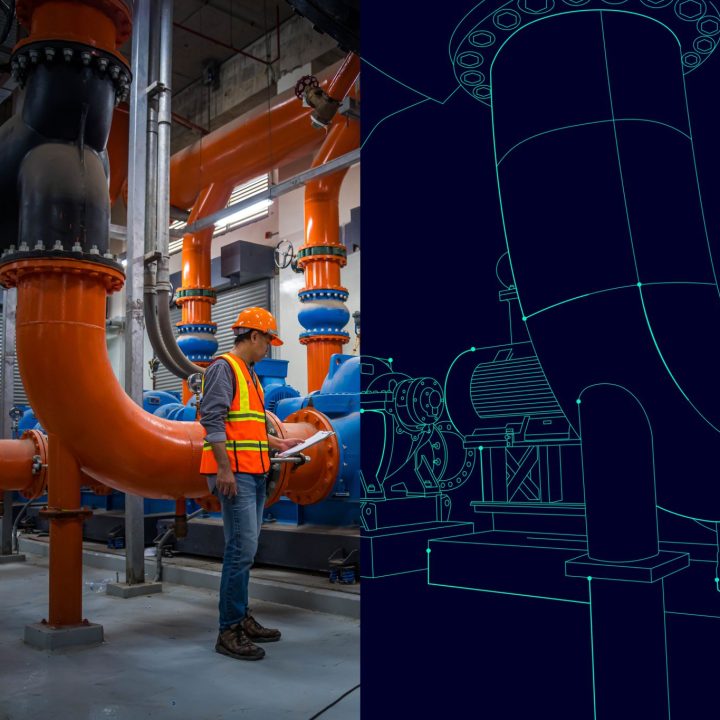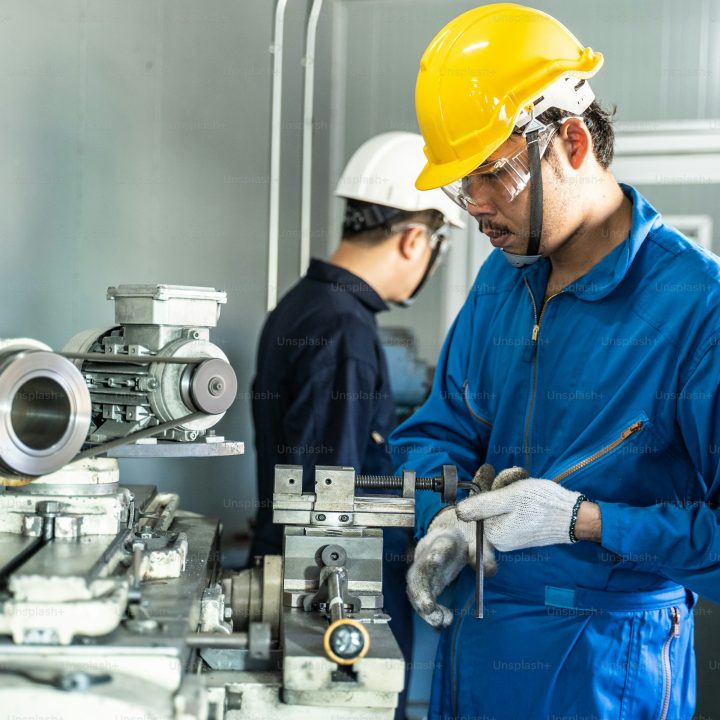A look back at current waste treatment technologies
Each year, Vietnam generates around 25 million tons of municipal solid waste, of which 30% is treated through incineration or converted into organic fertilizer, while 70% is directly landfilled. However, the high rate of landfilling has caused serious social and environmental concerns, increasing the risk of pollution. Therefore, the Government and the Ministry of Natural Resources and Environment encourage localities to invest in and apply advanced scientific and technological solutions for waste treatment.
Currently, there are five common waste treatment models in Vietnam: waste-to-energy incineration, composting of municipal solid waste, landfilling, gasification, and traditional incineration. Most waste is still treated through landfilling or burning. Typically, landfills are built with HDPE anti-seepage liners covering the entire base to prevent leachate from contaminating groundwater. While this method hides waste from sight, it still produces significant toxic emissions that pollute the environment.
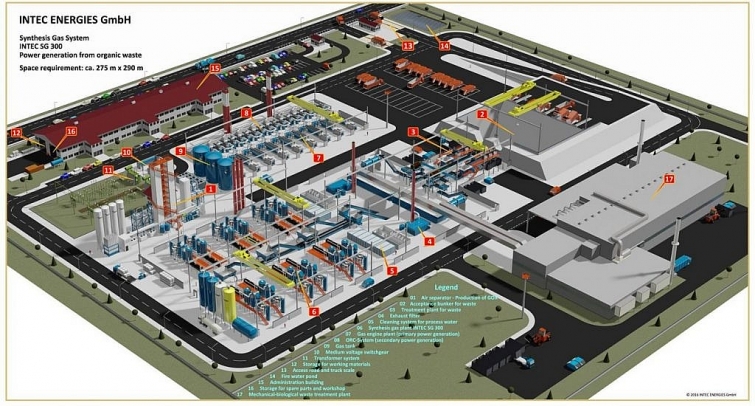
Waste-to-energy (WtE) technology represents a major technological leap compared to many countries in the region, transforming waste into a valuable resource. It is one of the most widely adopted waste treatment technologies today. This method allows for the efficient disposal of large quantities of waste while reducing environmental pollution.
With waste-to-energy incineration, waste is first stored in a waste pit for 5 to 7 days under negative pressure. During this process, leachate is collected and sent to wastewater treatment systems, while odorous gases are drawn into the furnace. The heat generated from incineration is transferred to a boiler to drive a turbine that generates electricity. Using lime spraying and activated carbon, exhaust gases are treated in a reaction tower and through fabric filters that capture fly ash before emissions are released through a smokestack.
This technology meets both environmental and economic standards, making it a preferred choice for many plants and organizations handling large volumes of waste.
Beyond these mainstream methods, new and more advanced waste treatment technologies have emerged. For example, HTC (hydrothermal carbonization) and biocarbon technologies can produce clean fuels for combustion, though they are not used for electricity generation due to high energy costs. TF equipment technology requires waste to be sorted at the source and only processes organic waste into compost; however, it involves relatively high investment costs and does not generate electricity.
The Japanese NEDO-funded waste treatment technology was discontinued due to high operational costs and low power generation efficiency. Meanwhile, Chinese technologies are considered relatively outdated, lacking durability and failing to meet long-term environmental standards, with lower energy recovery efficiency compared to Germany’s Intec technology.
Currently, investment in waste-to-energy plants using the Intec-TCP technology proposed by Vietnamese and EU investors is considered more suitable for Vietnam’s waste characteristics and offers better economic and environmental performance.
